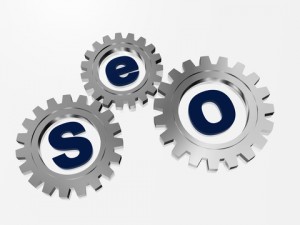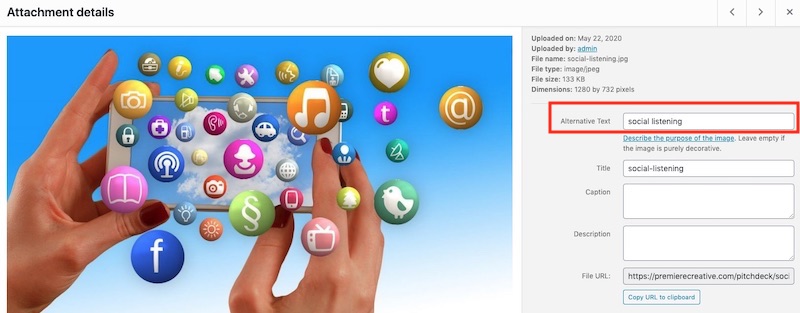When you think of search engine optimization (SEO), you may be most familiar with the techniques unrelated to the design and code of your website that affect its ranking in search results. With a focus on engaging with your customers on social media and promoting your content, over time these off-page SEO techniques result in quality links that are understood by search engines as evidence of your website’s valuable content. If people are enjoying your website and using it frequently, search engines want to make sure that others have access to the great resource you have created and rank it higher in results.
In contrast to techniques that generate organic popularity and ensure that search engines understand just how valuable your website is based on feedback from the outside world, on-page SEO tends to the aspects of your website that you control right now. While you can’t ensure the popularity of your content with users, you can make sure that what you are presenting is highly relevant and useful to them. When you focus on a good user experience, you will see the correlation with success in search engine rankings, which also prefer to see fresh content and the expansion of your website.
Content reigns supreme as this is the main reason that your website is being visited by users, but there are other aspects of on-page SEO that involve communicating about your website in a language that will easily be understood by Google and the like. Attention to elements including the following will ensure that search engines have an easier time picking up on signals that your website is a quality result due to its very design and content.
Title Tags
This is the information that will wind up being the clickable text in search results so make sure that the keywords you include have a natural fit and are a part of your overall web marketing strategy. Your company name should appear as well.
Header Tags
When we discuss the language that search engines use to understand the content of your website and its value, header tags are a major factor. There is a natural relationship between what makes for a good user experience and the signals search engines are looking for. If you know how to give users a better reading experience, you already understand the principles to be applied.
Use the H1 tag to identify your main topic (often this will be your title tag as well) and H2 tags as subheadings to divide your content. H3 tags are subheadings of H2, and so on. While the concept is relatively simple, many companies don’t properly divide and label website content, nor do they optimize tags for keywords related to their business.
Alt Image Tags
These tags are critically important for people who are visually impaired, as the labeling text will serve as a description of each image. Properly created alt image tags also will help your visual content rank in image searches and reinforce the relevance of your overall text.
Internal Link Structure
A link on your own website that points to another page on the same website is known as an internal link. The goal of optimization in this area is to ensure that there is an easy flow between the homepage and other pages on your site. This is beneficial for user navigation, and it also prepares your website for the crawling process through which Google and the like discover and index your content for search results.
This is by no means an exhaustive list of optimization areas, but it serves as a starting point from which you can begin to look at your website from an on-page SEO perspective. While you work on strategies over the longer term to increase the organic popularity of your website with users and effect a related improvement in search engine rankings, make sure that you are taking the necessary steps to control those aspects of your website which can be addressed right now. To learn more about on-page SEO, talk to one of our experts at Premiere Creative and give us a call at (973) 346-8100.


